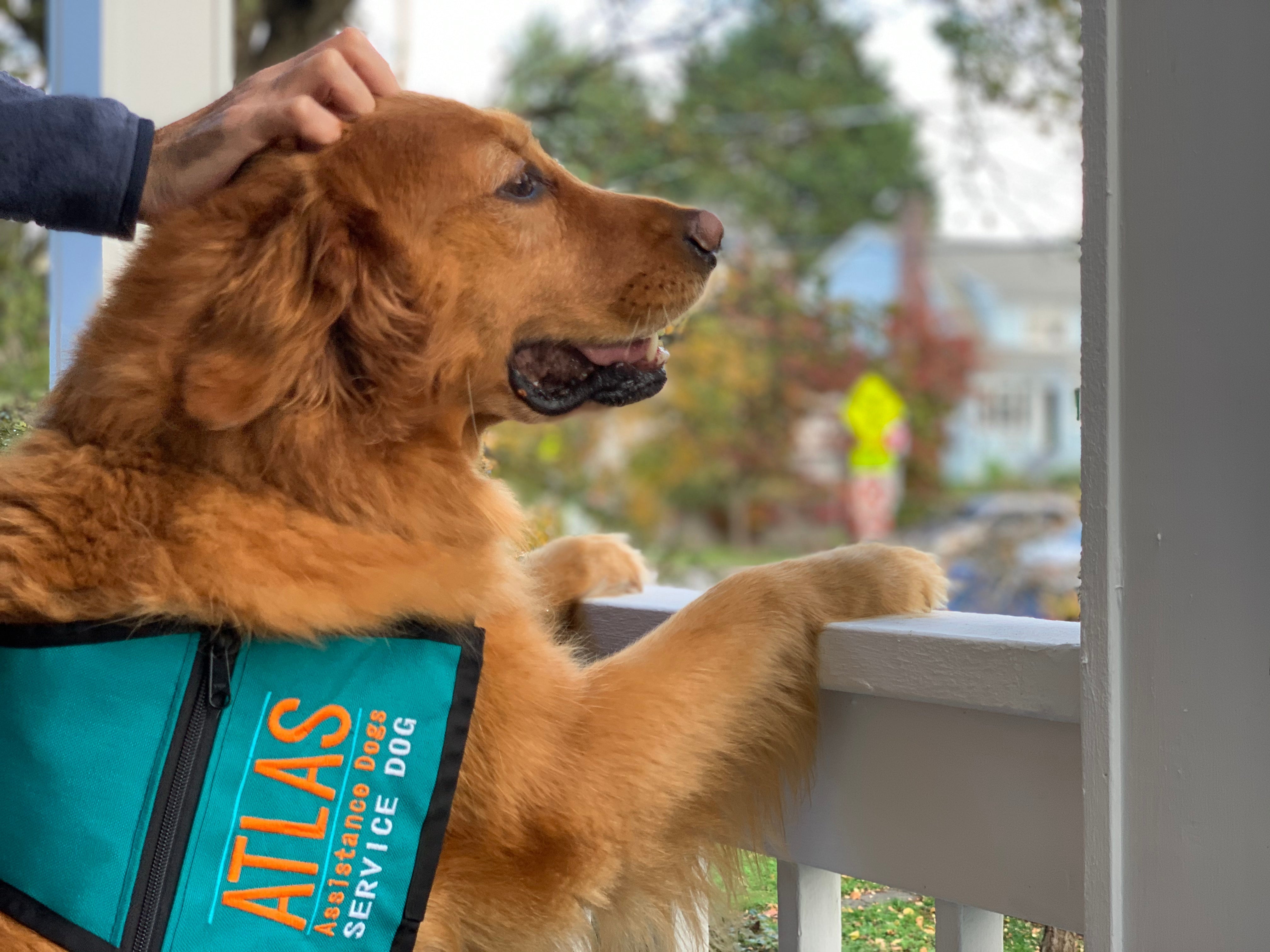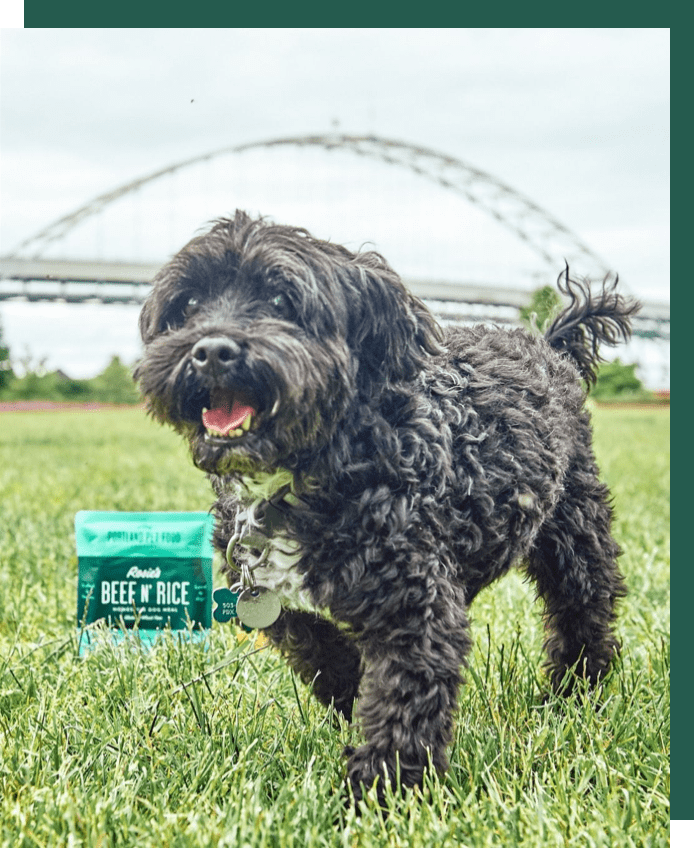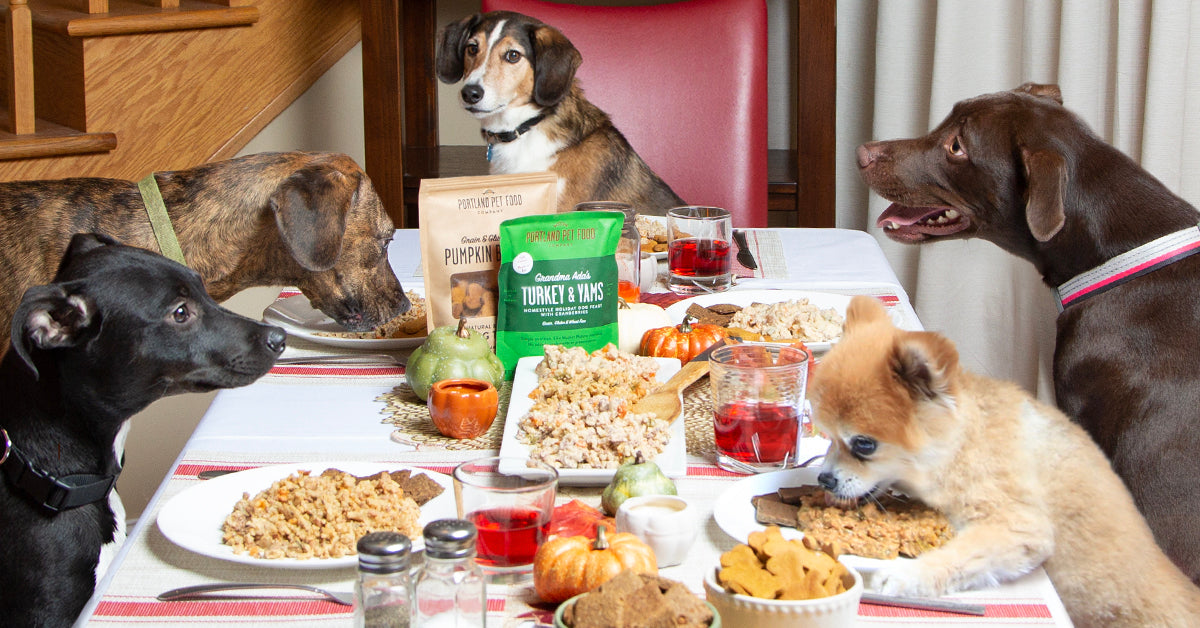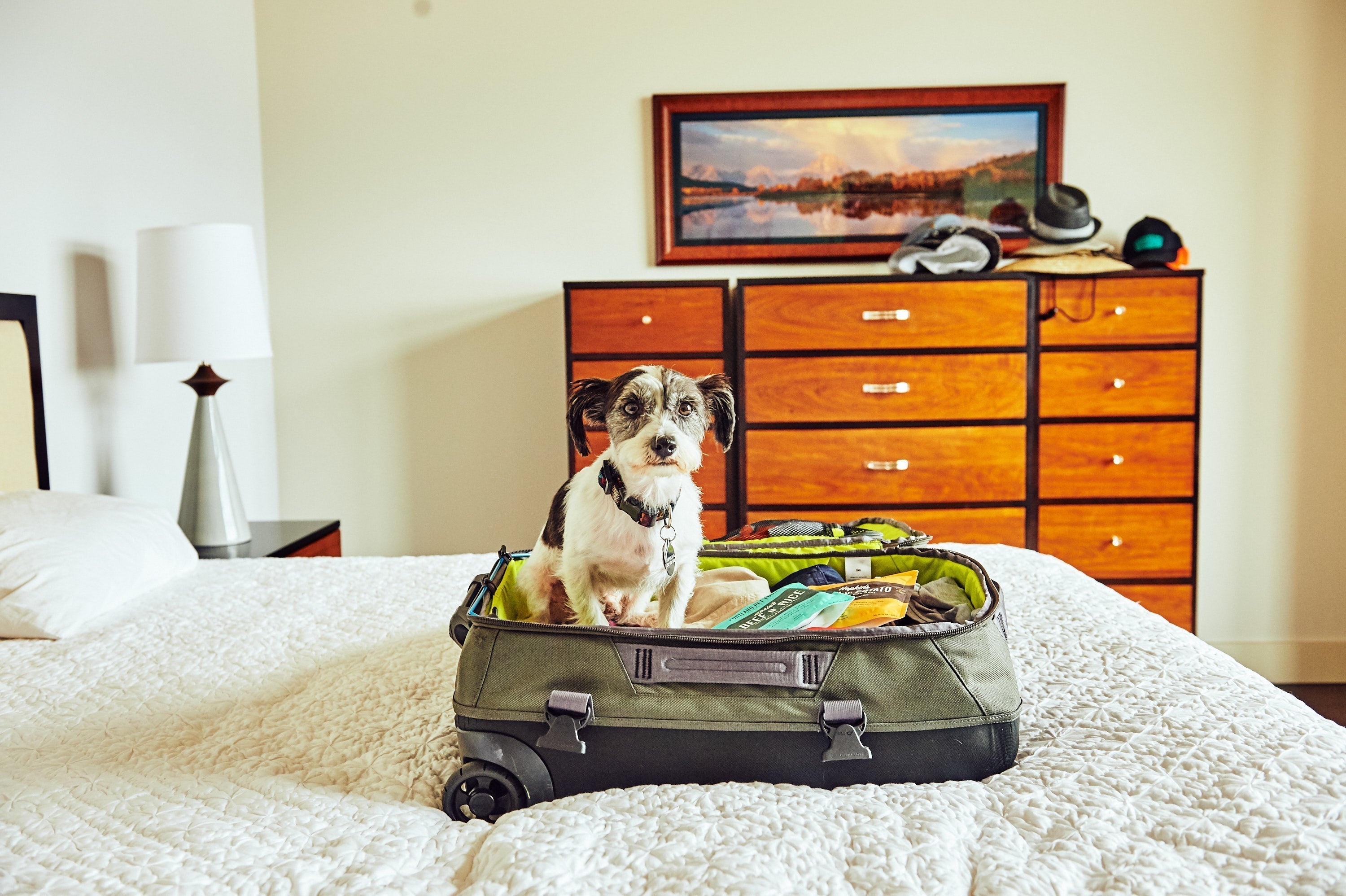
Service Dog Etiquette: How to Interact with Service Dogs
Many people are canine fans, so it stands to reason that when they meet a dog, their initial reaction will be to interact with or pet them. But service dogs are among the elite trained professionals of the canine species, and as such, need to be respected, especially when involved in professional duties.
Here are 5 "rules" that you should keep in mind when encountering a service dog and their handler:
-
Speak to the Dog's Owner or Handler, Not to the Dog
-
Keep Your Distance & Respect Personal Space
-
Give Right-of-way and Courtesy to Service Dog & Handler
-
Avoid Food Distractions
-
Treat Everyone with Respect
**We are honored to collaborate with Atlas Assistance Dogs, an organization dedicated to expanding access to service dogs, to bring you this educational post. Their commitment to empowering individuals with disabilities through positive and ethical training methods has provided invaluable insights that shape the information you're about to read. Atlas assists people in training and certifying their own service dogs, bridging the gap between potential and reality. Together, we're shedding light on the remarkable impact of service dogs and advocating for a more inclusive and compassionate world.

Speak to the Dog's Owner or Handler, Not to the Dog
Keep Your Distance & Respect Personal Space

Give Right-of-way and Courtesy to Service Dog & Handler
When encountering a service dog team on sidewalks or paths, always give them the right-of-way. This helps them navigate through pedestrian traffic smoothly. Never walk directly beside the service dog without the handler's permission. If you notice a harness with a handle, the dog may be assisting with mobility. It's essential to provide adequate space and allow the team to move without obstacles.
Avoid Food Distractions
Treat Everyone with Respect
Never pry into a handler’s privacy with questions about their disability. Remember that not all disabilities are visible, and even if you do not see the service dog handler’s disability, this does not mean they do not have a legitimate reason for a service dog. Respecting the team’s boundaries is not only common courtesy, but ensures the handler can fully count on their dog to do the job they were trained to do and go about their day just like any other person.






